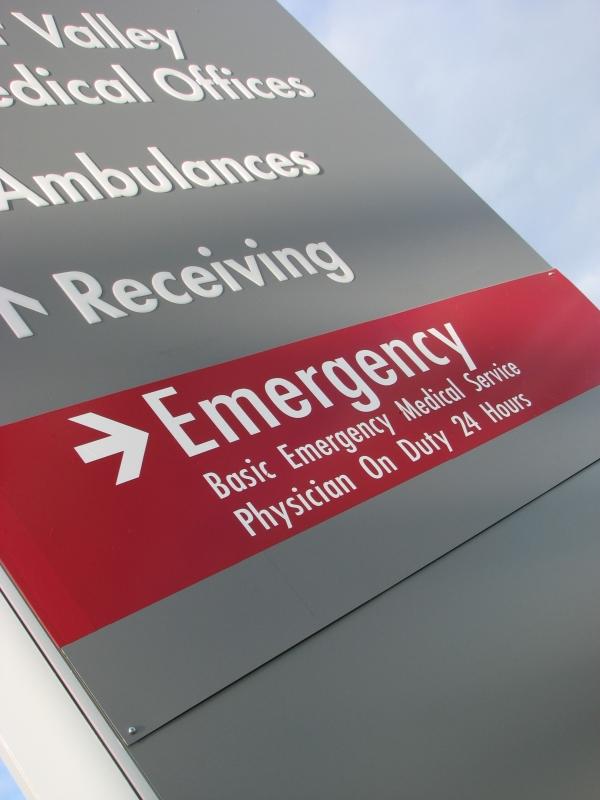
Planning ahead for a potential workplace emergency is extremely important. Workplace explosions, fires, weather-related emergencies, such as tornados, usually strike without notice. Have you reviewed your emergency action plan lately?
OSHA requires that workplaces with more than 10 employees have written emergency action plans. Smaller companies may communicate their plans orally. Employers should review plans with employees when initially put in place and reevaluate and make appropriate changes to the plan periodically.
Emergency procedures, including the handling of any toxic chemicals, should include:
- Escape procedures and escape route assignments.
- Special procedures for employees who perform or shut down critical plant operations.
- Rescue and medical duties for employees who perform them.
- Means for reporting fires and other emergencies.
- Systems to account for all employees after evacuation and for information about the plan.
The emergency response coordinator must be able to judge when to evacuate personnel and must know their limits—sometimes a situation is beyond their capabilities and requires outside help.
The employer should designate an emergency response coordinator who is responsible for organization-wide operations, public information, and ensuring outside help is called. This individual may also lead a cross-functional emergency response team who should be thoroughly trained for potential crises and physically capable of carrying out their duties.
Depending on the nature of the business, training should be provided to the team in:
- First aid, including CPR and self-contained breathing apparatus (SCBA).
- Bloodborne pathogens.
- Shutdown procedures.
- Search and rescue procedures.
- Chemical spill control procedures.
- Hazardous material emergency response.

Effective emergency communication is critical. Employees should be trained in how to report emergencies. Emergency alarms should be in place. An updated list of key employees, including off-duty telephone numbers should be maintained. It is important to establish ahead of time a method for accounting for employees so that police and emergency responders can be aware of persons believed missing. This method could be an alternate meeting site or an emergency phone number for employees to call to report they are safe. Plans should include off-site storage of duplicate copies of critical accounting, legal, and employee documents, including a list of employees’ relatives to be contacted in case of emergency.
Training must be conducted at least annually and when employees are hired or change jobs. Additional training may be needed when new equipment, materials, or processes are introduced, when the layout or design of the facility changes, when procedures have been revised, or when exercises show employee performance is inadequate.
Every employee needs to know details of the emergency action plan, including evacuation plans, alarm systems, reporting procedures, shutdown procedures, and types of potential emergencies. Hazards that are special to the workplace, such as flammable materials, toxic chemicals, radioactive sources or water-reactive substances, should also be discussed with employees.
First-aid equipment must be available to trained first-aid providers. Emergency phone numbers should be posted conspicuously at every phone. In an industrial setting, it may make sense to coordinate the establishment of your emergency action plan with outside responders such as the fire department, hospital emergency room, EMS providers, and local HAZMAT teams.
- For more information, OSHA’s “How to Plan for Workplace Emergencies and Evacuations” is available at http://www.osha.gov/Publications/osha3088.pdf. Information on preparing your business for a disaster is available from the Department of Homeland Security through its Ready.gov Web site.
Need help with your emergency plan? MRA’s Partnership with state Safety Councils can help you!



